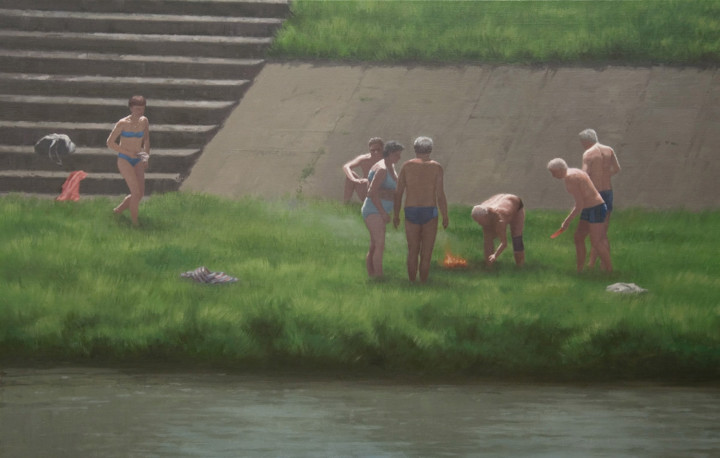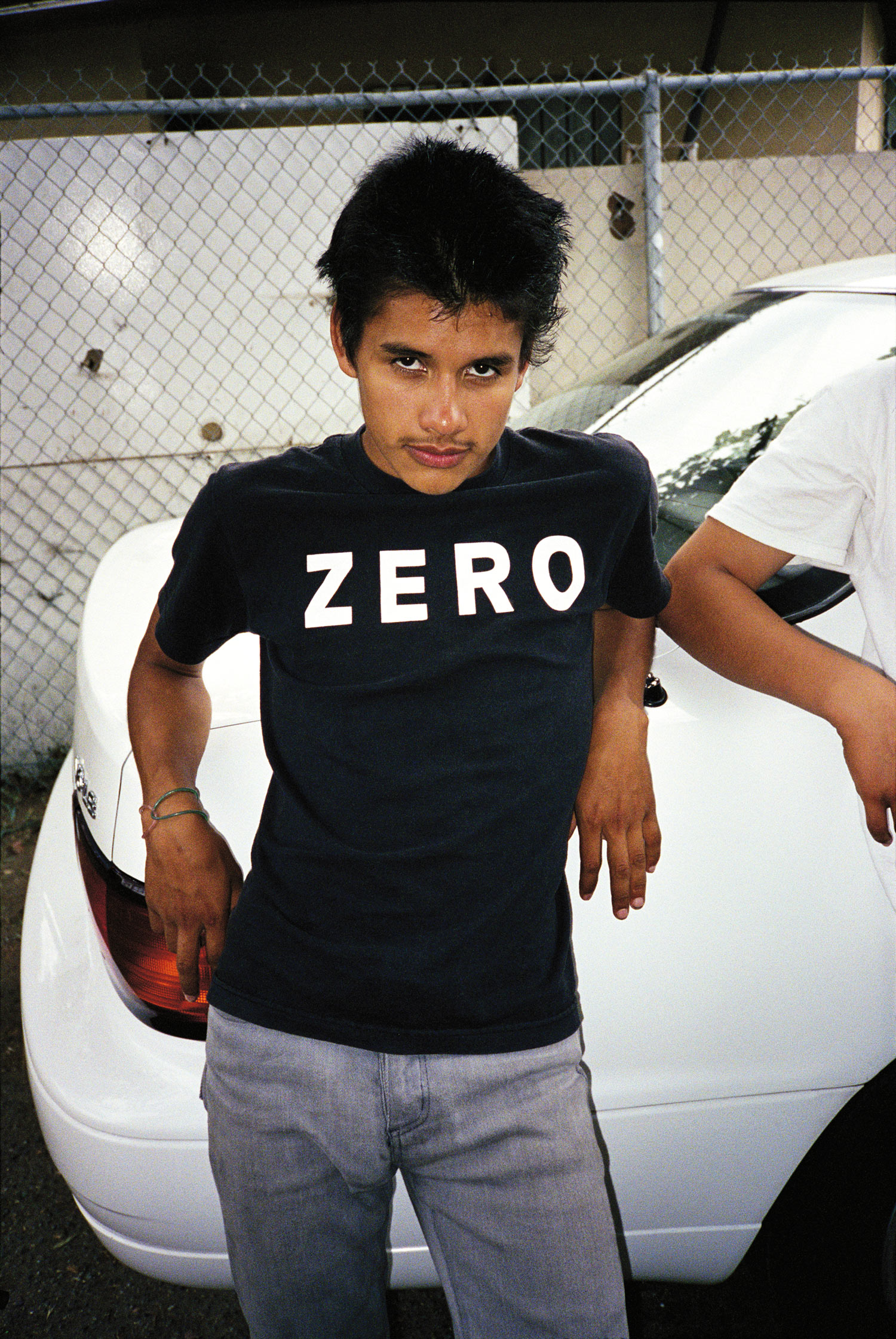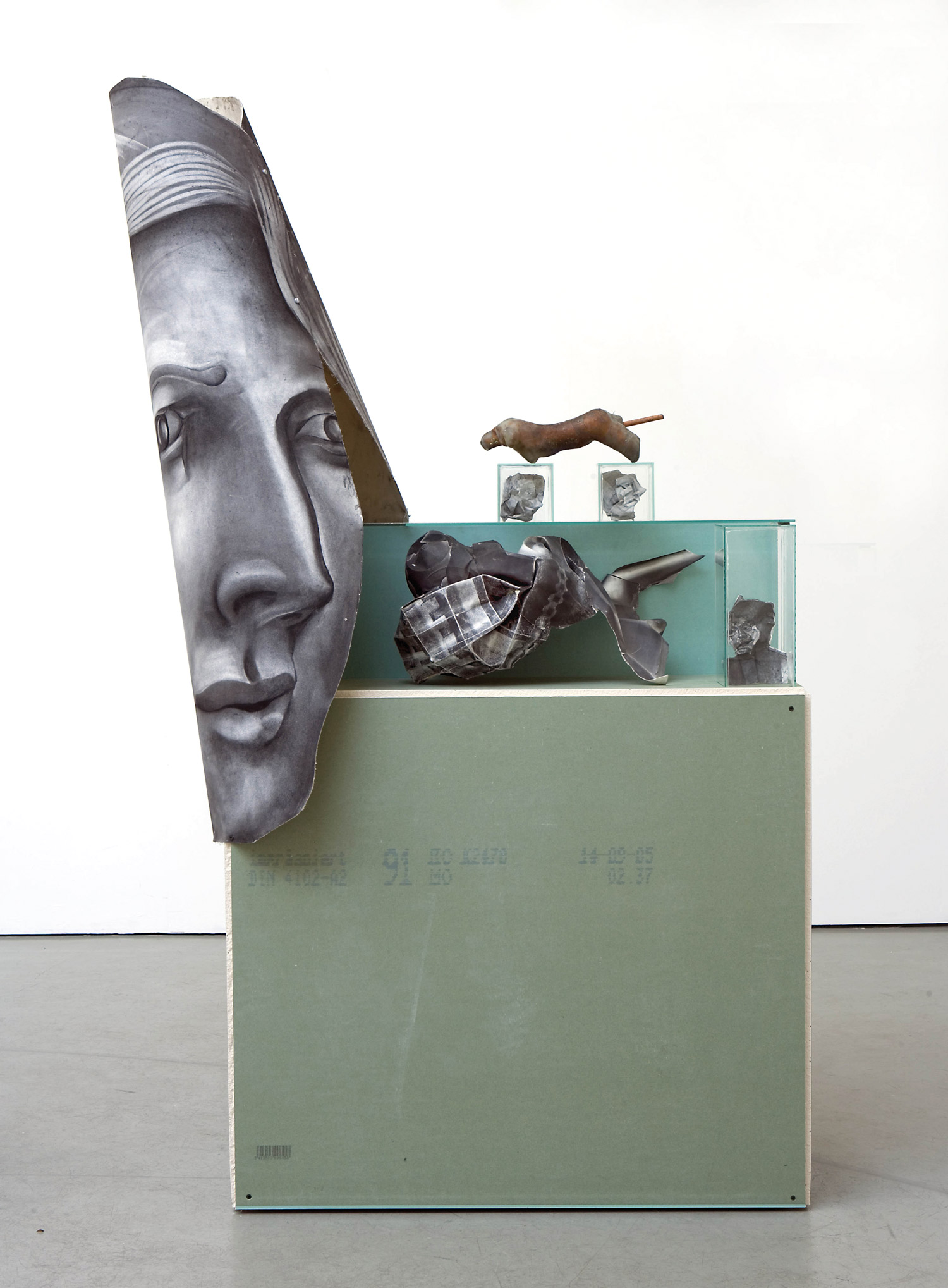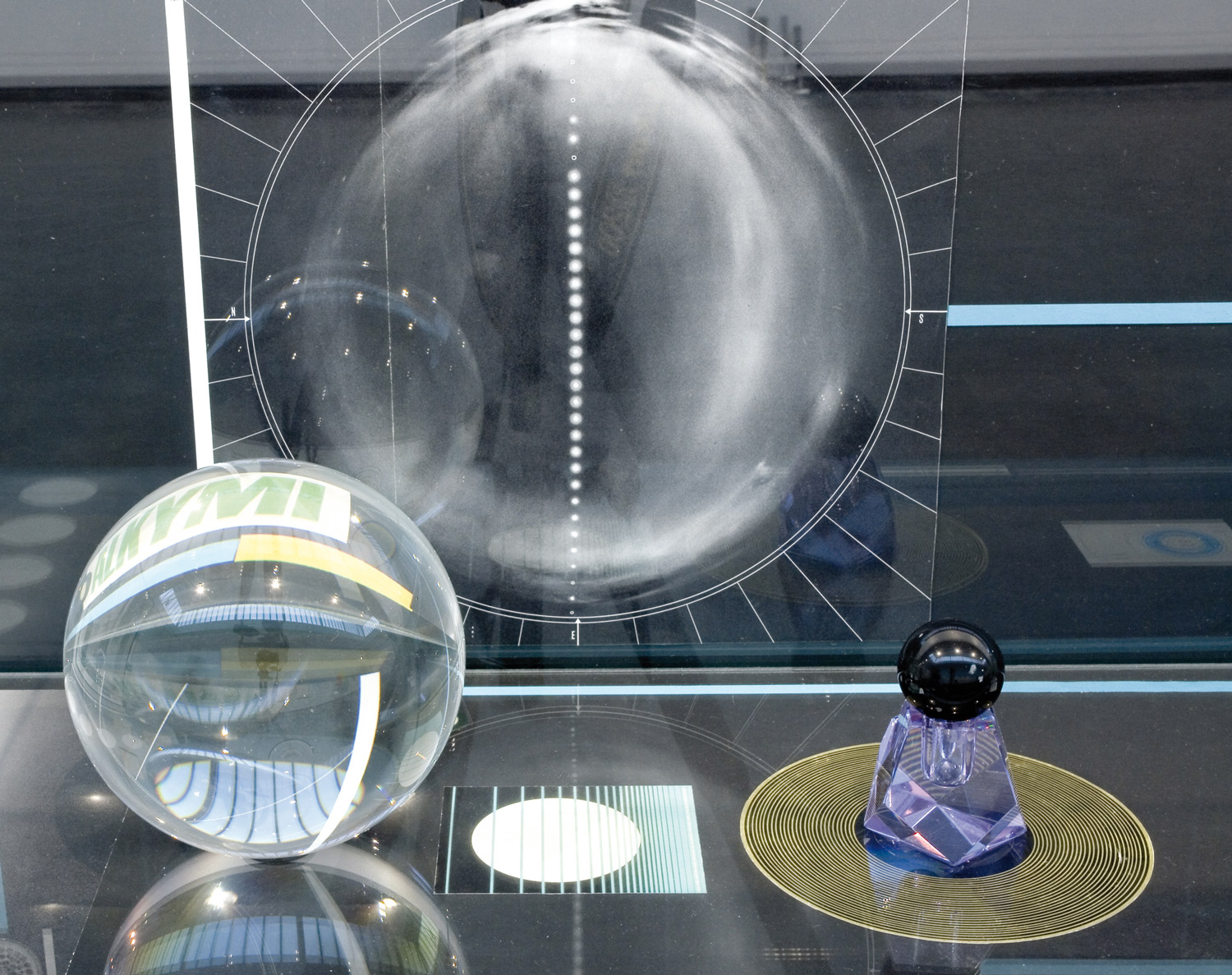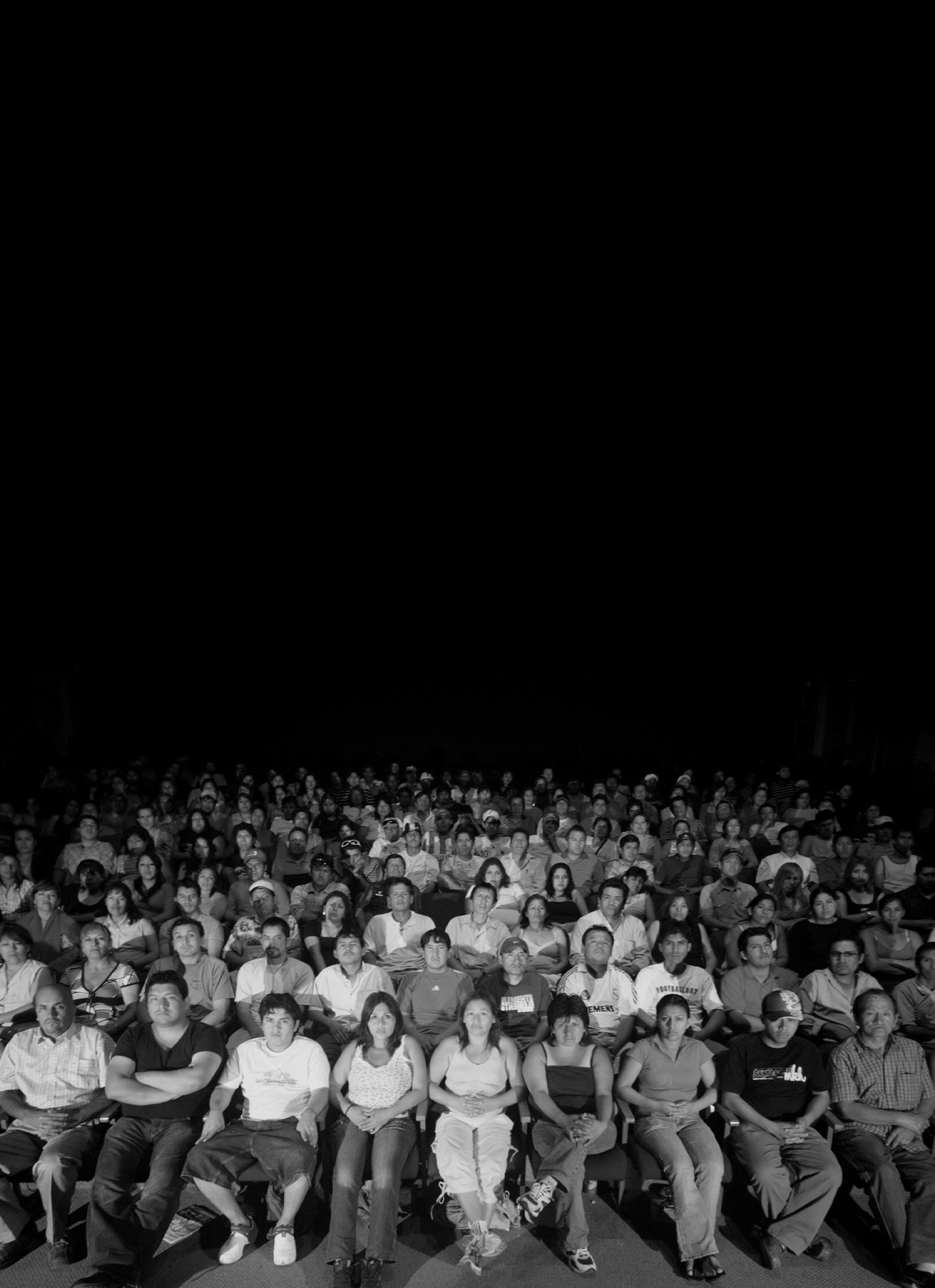
On first appearance, Serban Savu’s meticulously rendered paintings peopled with workers and ‘ordinary’ folk read as tender documents of the characters who reflect common attitudes, working practices and everyday life in the artist’s native Romania. The works are delightful, seductive even — as are the beautifully observed rural landscapes he infuses with warmth and light. Consider Weekend 2 (2007), a painting that features a group of bathers engaged in making a fire, presumably in preparation for a meal on the riverbank. Though the work is clearly contemporary, its mood is reminiscent of the Impressionists’ depictions of happy gatherings al fresco. Similarly, I am A Voyeur (2007) could be perceived as the reinterpretation of a long tradition of nudes in the landscape, from Giorgione and Titian, through to Manet: two girls bask unselfconsciously in the sun, delighting in their glorious surroundings. Yet, in common with all of Savu’s rural scenes from the past two years, this arcadia is not what it seems; it is a fantasy that runs parallel to the reality the artist inhabits. The girls were not naked when Savu took the shot that inspired the work — they were sunning themselves on a scratchy patch of grass next to the Somes River that runs through Cluj-Napoca out to the peripheries where the artist has his studio and where he finds most of the subject matter for his paintings.
The ‘dreams’ Savu creates have a latent darkness informed by direct observation and personal experience. Savu grew up in a large, gray housing development on the outskirts of Cluj-Napoca, and he is fascinated by its origins — a social and political experiment devised by the communists to create the ‘new man.’ Back in the ’60s, much of Romania’s mostly rural population was forced to move from their native villages to cities, with the result that Romania’s population is now more than 50% urban. The rural population did not assimilate the urban values and thus emerged a hybrid category of people who colonized the peripheries in endless gray-blocked neighborhoods while continuing to try and live as they had for centuries.
The legacy of the doomed social and political experiment lives on. From his studio overlooking the Somes River, Savu watches his neighbors still desperately trying to return to nature — having picnics, making fires in the rough grass near the waste pipe that feeds into the river. Their actions are often absurd, as in The Welders (2007), where two men appear to be involved in the construction of an apparently pointless object. Yet Savu is never brutal in his treatment of the figures; instead he simply translates what he sees and understands as an overwhelming longing for a former or imagined life, increasingly at odds with the contemporary world.
Savu’s acute awareness of the impact of social, political and economic change on the lives of his protagonists (for besides the legacy of the ‘new man’ there is also the onslaught of rapid economic growth and development to contend with) recalls Edward Hopper’s fascination for what was happening to the so-called ‘small-town’ individual in America during the mid 20th century; Bakery (2006) and The Heat (2007) are two examples. Formally, Savu’s practice is rooted in realism, yet the movement often afforded manual labor a monumental treatment that the artist has shied away from. Neither is Savu’s work a straightforward documentation of reality; instead it offers us an insight into the troubled psychology of a socialist-realist dystopia.

